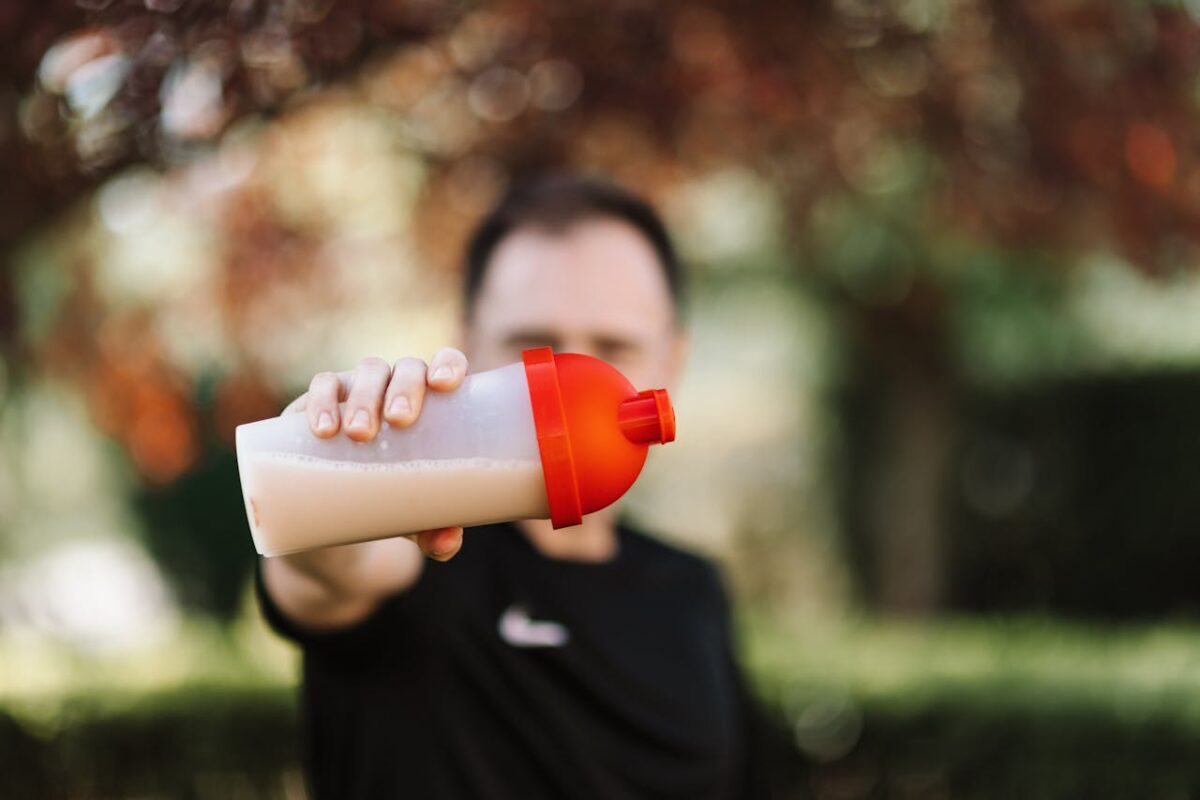How to Lose the Gut: What Really Works for Men
Let’s face it—losing belly fat can be one of the most frustrating fitness challenges. You’ve been hitting the gym, eating better, but that extra weight around your middle just won’t budge. Sound familiar? Don’t worry, you’re not alone. Belly fat is often the most stubborn to lose, but with the right approach, you can slim down your waistline and improve your overall health.
Let’s break down what really works for losing belly fat and keeping it off.
Why Belly Fat is Harder to Lose
Belly fat is more than just an aesthetic issue—it’s linked to an increased risk of heart disease, diabetes, and other health problems. There are two types of fat in your midsection:
- Subcutaneous fat (the pinchable fat right under the skin).
- Visceral fat, which surrounds your internal organs and is more dangerous to your health.
Visceral fat is typically harder to lose because it’s hormonally active and releases inflammatory compounds that can slow down your metabolism.
How to Lose Belly Fat: What Really Works
It’s tempting to look for quick fixes, but the truth is that spot reduction (losing fat from just one area of your body) doesn’t work. Instead, you need to focus on overall fat loss through a combination of diet, exercise, and lifestyle changes. Here’s what you need to do:
1. Focus on a High-Protein, Lectin-Light Diet
Protein is your best friend when it comes to losing fat—especially around your belly. A diet rich in protein helps reduce cravings, boosts metabolism, and keeps you full longer, which leads to eating fewer calories. Plus, protein helps preserve muscle mass while you’re losing fat, which keeps your metabolism from slowing down.
Lectin-Light Protein Sources:
- Grass-fed beef and wild-caught fish.
- Pasture-raised chicken and eggs.
- Nuts and seeds for snacks (almonds, walnuts, macadamias).
Pro Tip: Combine protein with healthy fats like avocados and olive oil for a more balanced meal that keeps your energy levels stable.
2. Do More High-Intensity Interval Training (HIIT)
When it comes to exercise, high-intensity interval training (HIIT) is one of the most effective ways to burn belly fat. HIIT combines short bursts of intense exercise with periods of rest, allowing you to burn more calories in a shorter amount of time than traditional cardio.
Why HIIT Works:
- It raises your heart rate and boosts fat burning during and after your workout.
- It’s time-efficient and can be done in 15-20 minutes.
Pro Tip: Combine HIIT with strength training to build muscle and further boost your metabolism. Try alternating between exercises like burpees, squats, and push-ups for maximum fat burn.
3. Manage Your Stress Levels
Stress can have a direct impact on your ability to lose belly fat. When you’re stressed, your body produces cortisol, the stress hormone. Elevated cortisol levels can lead to increased fat storage—particularly around the midsection.
How to Manage Stress:
- Practice deep breathing or meditation to calm your mind.
- Make time for activities that help you relax, like taking a walk, reading, or spending time outdoors.
- Make sure you’re getting 7-9 hours of sleep per night, as sleep deprivation can increase cortisol levels and make weight loss harder.
4. Reduce Refined Carbs and Sugars
If you’re serious about losing belly fat, it’s time to cut back on refined carbs (think white bread, pasta, and sugary snacks). These foods spike your blood sugar, which can lead to insulin resistance and increased fat storage. Instead, focus on complex carbs that are lectin-light, like sweet potatoes, millet, or sorghum.
Pro Tip: Swap out sugary drinks for water or unsweetened herbal teas. Reducing liquid calories can make a big difference in your waistline.
Bottom Line: Losing Belly Fat is Possible with the Right Approach
Belly fat can be stubborn, but it’s not impossible to lose. By focusing on a high-protein, lectin-light diet, incorporating HIIT workouts, managing your stress levels, and cutting back on refined carbs and sugars, you’ll be on your way to a slimmer, healthier midsection. It’s all about consistency and making sustainable changes that fit into your lifestyle.
You’ve got this—commit to the process, and the results will follow!











